Clash of the TV titans: will China win the pixel war?
From HDR to 'lucky' 8K, China is about to take control of the future of TV
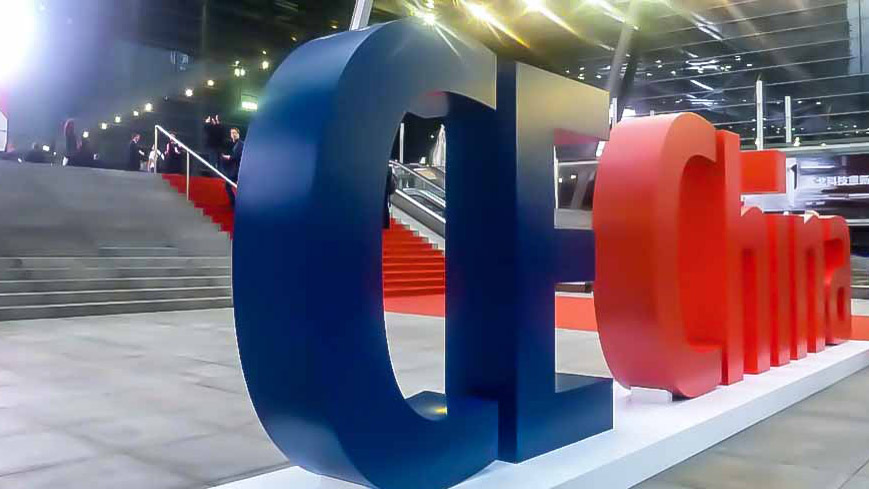
Ultra HD 4K may still be on the shopping list for most of us, but China is already on the cusp of the next big thing in TV. Officially called Ultra HD 8K, though often referred to as Super Hi-Vision or just as 8K, this next-gen TV format creates an astounding 33 megapixel image.
Compared even to 4K's eight megapixel image, that's huge – and so are the TVs that can display it – but it's coming nevertheless. Aside from the odd prototype shown-off at CES each year, Super Hi-Vision screens are, for the most part, kept under wraps.
However, at April's inaugural IFA-organised CE China exhibition at the Shenzhen Convention and Exhibition Center, Super Hi-Vision was firmly on the agenda.
"We are developing 8K and maybe it will go on sale at the end of 2016, depending on the market," said Benson, vice president at Express Luck Industrial, talking exclusively to techradar. He added that his company has 8K TV prototypes in Shenzhen. And it's not the only one.
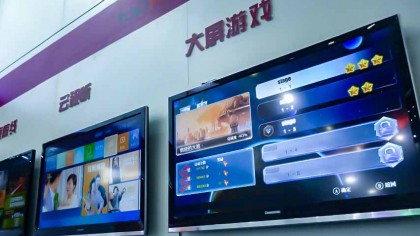
Lucky numbers
Make no mistake about it: Super Hi-Vision is almost ready to go. In the preceding IFA GPC 2016 conference, delegates were told by IHS that there will be 1.4 million Ultra HD 8K TVs in homes by 2019, rising to 2.1 million in time for the 2020 Olympics in Tokyo, Japan where host broadcaster NHK plans to film and broadcast in 8K quality.
Most of the 8K TVs sold will stay in China, which has a surging, tech-savvy middle-class with money to burn.
"China has the most early adopting consumers in the world," said Paul Gray, Principal Analyst at IHS, speaking at IFA GPC 2016.
Get daily insight, inspiration and deals in your inbox
Sign up for breaking news, reviews, opinion, top tech deals, and more.
"There will be a numbers marketing drive initially for 8K, and in the 65-inch size, which is currently the most optimum size in Chinese fabrication plants," he added. "We all know that the number eight in China denotes fortune and wealth, which is another great marketing thing for 8K TV."
There are other numbers that play into China's hands, too; 28% of the world's middle class now lives in Asia... and that will double by 2030.
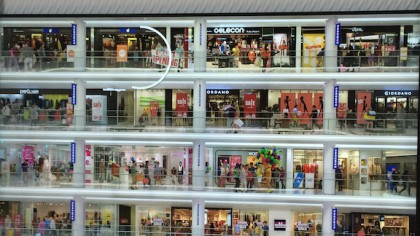
Big enough?
If the stakes are huge, so are the TVs, but is the 65-inch size really big enough for Super Hi-Vision to look any better than 4K TVs? Probably not.
"Talk to broadcasters and they say that you need to watch TV from something like 0.7x the height of the screen," said Gray. "If 40-inch is the entry size into 4K then that should mean that 80-inch is entry size for 8K, which is very, very big... we worry whether the building codes in some countries mean you won't get the TV into the elevator, let alone into the apartment."
Express Luck wouldn't tell us what size 8K TV it had ready in Shenzhen, but it almost certainly wasn't an 80-inch.
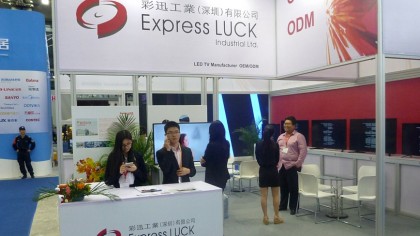
China's 8K play
Gray might be right about that, but the fact remains that the 8K era will likely be owned by China alone. CE China this year included TVs from Hisense, LETV, LeEco, PPTV, KKTV, KTC and Caixon on dedicated booths and on those of giant retailers Suning and Alibaba.
Other big Chinese brands like Konka, Skyworth, Haier and ChangHong weren't present, but that only served to underline how vast the panel industry has become in China – and how easily it could swamp both Taiwan and South Korea.
It's already gobbled-up Japan. "We make LCD panels for Panasonic and others," said Benson, adding that this OEM (original equipment manufacturer) business constitutes 90 per cent of its income. Caixon is Express Luck's attempt to crack the foreign market with a brand of its own.
"The TV business is getting harder in China because there are many competitors and the prices are getting lower, so we're looking at the overseas markets," added Benson. Caixon is aimed at the US, Europe, South America and other parts of Asia.
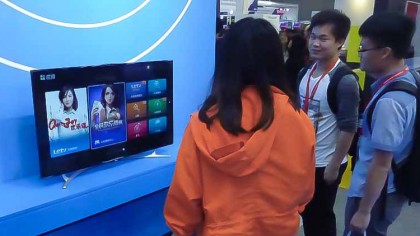
Beijing's billions
So Panasonic TVs are made in China? Yes, and pretty soon, most brands' TVs will be. In recent years the Japan-made TV has virtually disappeared (now they're only on sale in Japan itself), with LCD production presently dominated by South Korea's Samsung Electronics and LG Display, and Taiwan's AU Optronics and Innolux. That's all about to change as Beijing pours in billions of investment in production facilities in mainland China.
"The amount of panel investment in China is amazing," said Gray. "There are 11 active panel fabrication plants, they're digging and building 10 more, and eight more are planned, and this is going to see a seismic shift in the LCD panel business."
Korea break
All of this is happening during a slight slump in global demand for TVs, but there's no doubt that huge changes are afoot. From just 4% of the global LCD panel market in 2015, China now has over 19%, and will reach 35% by 2018, according to IHS; the next 8K phase is likely to be all its own work.
"This year we'll see China overtake Taiwan, and by end of 2017 Chinese capacity will be on a par with Korea," said Gray. Remarkably, the shift from East Asia to China is concentrated almost exclusively on one place; Shenzhen on the Pearl River Delta just 20 miles from Hong Kong Island has gone from a fishing village 30 years ago to the world's fastest growing city with a population of seven million.
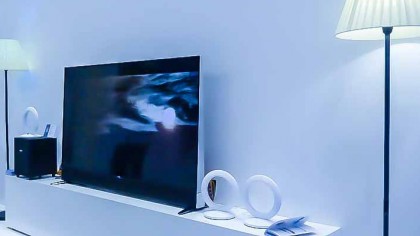
Better pixels
All this talk about 8K might seem premature. After all, IHS also predicts that there will be an installed base of just 300 million 4K TVs by 2020. But there's a battle ahead.
"There is a pixel war going on, of more pixels and, for broadcasters it's not just about more pixels, but better pixels, with Deep Colour and HDR," said Gray who thinks that, for the first time, big technological change in broadcasting won't just come from the likes of BBC, Sky. Fox and CBS.
"It's being driven by traditional broadcasters like NHK, but also by the new streaming service providers like Netflix and Amazon who are using Deep Colour and HRD as a competitive differentiation."
However, 8K should not be underestimated, because it is already happening. "There is a lot of 8K material being shot, and even if it doesn't end up in 8K TVs, it will be noticeably better for 4K broadcasts and content because you're over-sampling, and you therefore have that excess of data available for editing," said Gray, adding: "We expect 8K to be driven by a fabrication surge in China."
That surge of pixels could come sooner than anyone thought.
Jamie is a freelance tech, travel and space journalist based in the UK. He’s been writing regularly for Techradar since it was launched in 2008 and also writes regularly for Forbes, The Telegraph, the South China Morning Post, Sky & Telescope and the Sky At Night magazine as well as other Future titles T3, Digital Camera World, All About Space and Space.com. He also edits two of his own websites, TravGear.com and WhenIsTheNextEclipse.com that reflect his obsession with travel gear and solar eclipse travel. He is the author of A Stargazing Program For Beginners (Springer, 2015),
